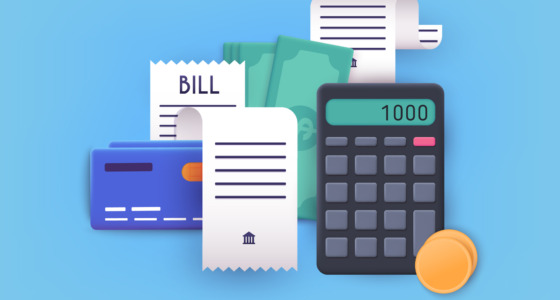

Merchants are always looking for a way to cash in on their customers. Whether it’s weird promotions or markups, they always carry some benefit for the seller. Customers tend to buy into such tricks pretty easily – most of them seem ordinary and unsuspicious. The most common method is for a store to slightly increase the prices a couple of weeks before the sale, in order to subsequently lower the price. It may even end up higher than the original price, but it’s passed off as very low. Most often this strategy is used with smaller discounts of 10% to 30%. But if the price tag screams with a 90% discount, the discount will likely be real, but not nearly as huge as advertised – about 30-40%.
Sometimes customers take revenge on the retail industry, like a Virginia couple that recently pleaded guilty to counterfeiting 13,000 coupons, which ultimately incurred retailers’ losses of $31 million. Most of the time, though, retailers have the winning hand. Let’s see how they do it.
Imitating discounts
As you are probably aware, the world is not perfect: there will always be someone trying to make money in a dishonest way. Some stores don’t hesitate to cheat during sales. Just before launching a sale, they rewrite the price tags, deliberately overpricing the items and discounting that new price. As a result, the final amount may be higher than the original! New price tags are sometimes pasted directly onto the old ones. Do not be too lazy to carry out “excavations” and get to the bottom of the tag.
Demanding proof of defects
If the goods are defective or broken, you can return them. The store can check the quality of the goods or conduct an inspection. If the breakdown happened during the warranty period, the seller should inspect them at his own expense. You don’t need to prove anything.
The buyer will, however, need to pay for the inspection if the warranty has expired or he does not agree with the results of the seller’s inspection.
Selling last season’s trends
For a whole year you’ve been dreaming of the Most Fashionable Dress that everyone had, but the purchase did not fit into your budget. Then you accidentally fished it out of the on-sale pile. Not believing your luck, you tried it on and found that it also fits perfectly… But this dress (or any other piece of clothing), which was trendy in the past season, is probably a goner by now.

Creating artificial queues at the entrance
The tactic of most stores is to lay out old goods at the cheapest prices right near the entrance: crowds of buyer attract other mall passers-by. Perfect advertising for free! Don’t fall for these tricks, and go straight to the far shelves – all you want is probably there.
Another trap awaits you next to the cash registers. Small slow-moving goods are placed there for bored customers waiting in line.
Non-discounted items in the mix
One of the most common tricks is to sell goods at regular prices under the sale sign. Thinking that the discount applies to everything in the store, customers don’t notice that they are buying an item at full price, or pay attention to it only when they get the receipt. Feel free to return the item to the store or cancel the purchase right at the checkout.
Non-refundable gift certificates
Stores constantly come up with rules that limit the rights of certificate holders: set a period of use, or prohibit its return to the store.
The gift certificate is also subject to the rules of exchange or return: it’s also a product. If you haven’t used the certificate, you can return it, sometimes – even if it has expired.
How can you protect yourself?
- Buy only at time-tested stores and never fall for tempting offers from unknown stores.
- Buy through marketplaces: Amazon, AliExpress, Zalando and many others. The stores on these sites undergo a preliminary inspection by the platform, which allows you to cut off unreliable partners.
- Do not transfer your bank card data to third parties, and carefully monitor where and what data a store asks for. There were cases when scammers created a complete copy of well-known stores in order to fraudulently receive funds from citizens.
- Don’t be fooled by tempting discounts and “profitable” offers! It is better to spend a few minutes and compare the prices at your neighboring or online stores than to pay a greedy seller’s price.









